



Behind every smart business decision, there’s a trail of data—cleaned, processed, and moved from one system to another. Whether it's real-time analytics, AI training models, or customer dashboards, none of it would exist without a reliable data pipeline. For data engineers, these pipelines are the invisible plumbing of modern data architecture—and choosing the right tools is mission critical.
In this blog, we’ll explore the top 10 data pipeline tools that every data engineer should be familiar with in 2025. These tools help teams streamline data ingestion, transformation, and orchestration across systems. We'll break down how each one works, where it shines, and when to use it—all in an easy-to-understand format.
Before we dive into the list, let’s get clear on what data pipeline tools actually do.
A data pipeline is a series of processes that move data from source systems (like databases, APIs, or applications) to destinations such as data warehouses or data lakes. These pipelines often include transformation steps—changing formats, cleaning data, removing duplicates, or enriching it.
Choosing the right data pipeline tools means:
Faster time-to-insight
Better data quality
Easier automation
Scalable infrastructure
Lower maintenance costs
Let’s now look at the most popular tools helping data engineers solve these challenges.
Best for: Complex workflow orchestration
Why it’s popular: Apache Airflow is an open-source platform for designing, scheduling, and monitoring data workflows. It uses Python for defining DAGs (Directed Acyclic Graphs), making it highly customizable and powerful.
Highlights:
Great for task orchestration
Strong integration with cloud and big data services
Large community and plugin ecosystem
Use case: A data team at a fintech company schedules ETL jobs across PostgreSQL, Amazon Redshift, and S3, visualizing job health in Airflow's web UI.
Best for: Serverless ETL in AWS ecosystem
Why it’s popular: AWS Glue is a fully managed ETL tool designed to make it easy to move and transform data in the AWS cloud.
Highlights:
Serverless and scalable
Supports Spark-based transformations
Integrates with S3, Redshift, and Lake Formation
Use case: An e-commerce company cleanses clickstream data in S3 using Glue and loads it into Redshift for dashboard reporting.
Best for: Real-time data streaming
Why it’s popular: Kafka is the go-to tool for building real-time pipelines. It can ingest millions of events per second, making it ideal for time-sensitive analytics and applications.
Highlights:
Distributed, fault-tolerant, and scalable
Supports pub-sub and event streaming
Works well with Flink, Spark, and ksqlDB
Use case: A ride-hailing company uses Kafka to stream location updates in real time to analytics dashboards and fraud detection systems.
Best for: Data transformation in the warehouse
Why it’s popular: dbt lets you write SQL transformations and manage them like software projects with version control, testing, and documentation.
Highlights:
Developer-friendly with Git support
Tests and documents data automatically
Compatible with Snowflake, BigQuery, Redshift, and more
Use case: A SaaS company uses dbt to create analytics-ready models in Snowflake from raw event logs and user metadata.
Best for: Fully managed ELT pipelines
Why it’s popular: Fivetran provides ready-to-use connectors for hundreds of data sources with minimal configuration. It’s perfect for teams that want fast setup without managing infrastructure.
Highlights:
Plug-and-play source connectors
Automatic schema evolution
Enterprise-grade security
Use case: A marketing team syncs data from Salesforce, Google Ads, and HubSpot into BigQuery using Fivetran.
Best for: Enterprise-grade data integration
Why it’s popular: Talend offers a powerful suite of tools for ETL, data quality, governance, and integration—great for large organizations with complex needs.
Highlights:
Drag-and-drop interface
Real-time and batch processing
Supports on-premise and cloud systems
Use case: A global bank uses Talend for secure, compliant movement of customer data across internal applications and cloud platforms.
Best for: Real-time data flow automation
Why it’s popular: NiFi is a visual interface-based tool that automates data flow between systems in real time, with built-in processors and monitoring.
Highlights:
Visual drag-and-drop UI
Fine-grained data routing and transformation
Secure and extensible
Use case: A government agency uses NiFi to collect and route sensor data securely from remote field devices to a central analytics hub.
Best for: Data orchestration in Microsoft Azure
Why it’s popular: Azure Data Factory (ADF) helps users build cloud-based ETL workflows using pre-built connectors and a low-code interface.
Highlights:
Deep Azure integration
Code-free and code-first modes
Supports hybrid data movement
Use case: A healthcare provider integrates patient records from on-premise systems to Azure SQL Data Warehouse using ADF pipelines.
Best for: Unified stream and batch processing
Why it’s popular: Dataflow is based on Apache Beam and provides a fully managed service for stream and batch data processing.
Highlights:
Real-time analytics
Auto-scaling infrastructure
Write once, run anywhere (via Beam SDK)
Use case: A video platform analyzes viewership patterns in real time using Dataflow to power recommendations.
Best for: Simple ETL for startups and SMEs
Why it’s popular: Stitch (a Talend company) provides easy-to-use, cloud-first ETL pipelines, especially useful for small teams.
Highlights:
Simple UI for building pipelines
Hundreds of source integrations
Transparent pricing and data volume plans
Use case: A startup automates data sync from Shopify, Stripe, and PostgreSQL into Snowflake without writing a single line of code.
With so many data pipeline tools available, the key is to match features with your current needs, scale, and tech stack. Consider:
Real-time vs batch needs: Use Kafka or Dataflow for streaming, Airflow or Glue for batch
Cloud provider alignment: Use ADF on Azure, Glue on AWS, Dataflow on GCP
Team expertise: SQL-heavy teams may prefer dbt; Python-savvy teams may enjoy Airflow
Data volume and complexity: Choose robust tools like Talend or NiFi for enterprise workflows
No tool is one-size-fits-all. Many data engineers combine several to build end-to-end pipelines—for instance, using Kafka for ingestion, Airflow for orchestration, and dbt for modeling.
Today’s businesses demand fast, clean, and consistent data. The role of data pipeline tools is no longer optional—they’re foundational to enabling:
Real-time business intelligence
Data-driven product development
AI/ML workflows
Automated reporting and compliance
The right tool not only saves time but also ensures trust in data across departments. As data ecosystems grow more complex, knowing how and when to apply these tools is a core skill for every data engineer.
Whether you're a solo data engineer at a startup or part of a 100-person enterprise data team, you need solid data pipeline tools to build, monitor, and scale your workflows. From open-source orchestration frameworks like Apache Airflow to plug-and-play solutions like Fivetran and Stitch, the ecosystem is rich with options.
In 2025, being fluent in the right tools will set your projects—and your career—apart. As your data stack evolves, revisit your tooling regularly to make sure it still meets your needs for speed, cost, reliability, and observability.
Future-ready data platforms aren’t built overnight—they're built with the right foundation, strategy, and support. From choosing the best tools to implementing scalable pipelines and training your team, Enqurious helps organizations transform their data workflows. The result? Smarter, faster, and more reliable engineering processes that free up your team to focus on what really matters—innovation.

Passed the Databricks Gen AI Associate Certification with 56 questions in 90 minutes! Here's my honest experience, preparation strategy, time management tricks, and the exact resources that helped me succeed. Real insights for aspiring certificants.

A practical walkthrough of how I reduced heavy batch workloads using Change Data Feed (CDF) in Databricks. This blog shows how CDF helps process only updated records, cutting compute costs and boosting pipeline efficiency.

I dropped a table in Snowflake, then queried to verify it was gone. The system said it doesn't exist, but also showed it consuming 3.57 MB. That contradiction led me down a rabbit hole of metadata delays, missing commands, and hidden costs. Here's what I discovered.
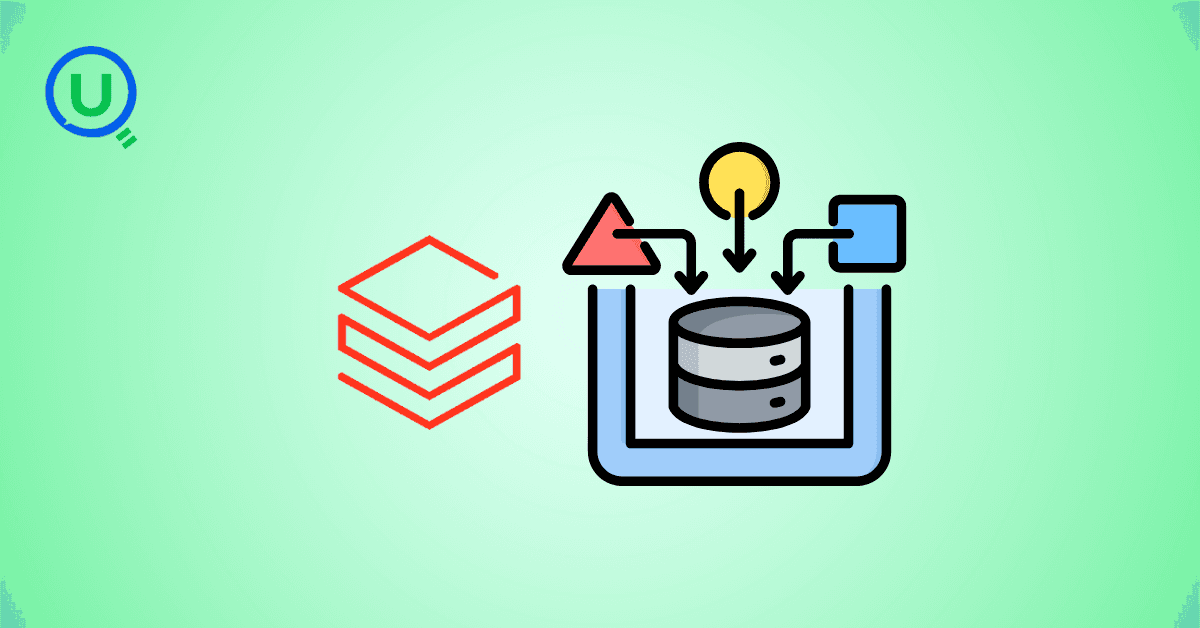
The AI industry has a security problem: data scientists aren't trained in security, ML engineers are working with black-box models, and security pros don't understand GenAI. Learn about the frameworks and tools bridging this gap—from Llama Guard to Databricks' safety features.
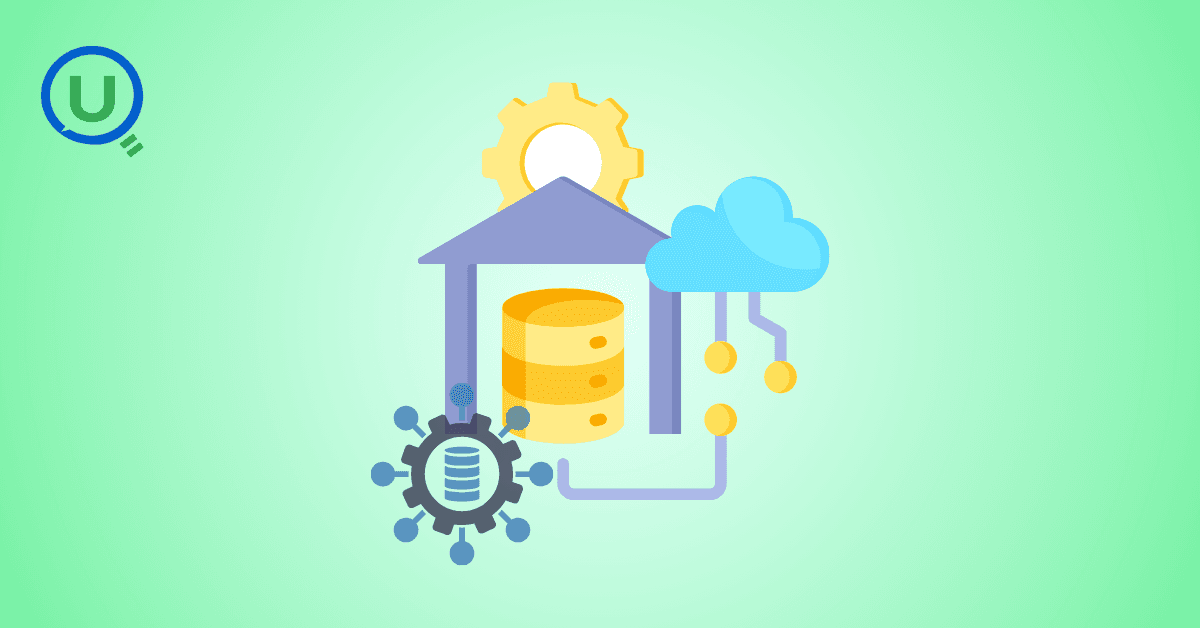
Why DELETE isn’t enough under GDPR, and how Time Travel can make sensitive data reappear unless VACUUM is used correctly.

This blog shares my personal journey into Snowflake Gen AI, from early confusion to hands-on clarity. It offers practical study tips, common pitfalls, and guidance to help you prepare effectively and understand Snowflake’s evolving AI capabilities.

Started scrolling Instagram at 2 AM. Saw Cloudflare memes. Fell down a 4-hour research rabbit hole. Discovered that AND database = 'default' could have prevented the whole thing. My sleep schedule is ruined but at least I understand distributed systems now.
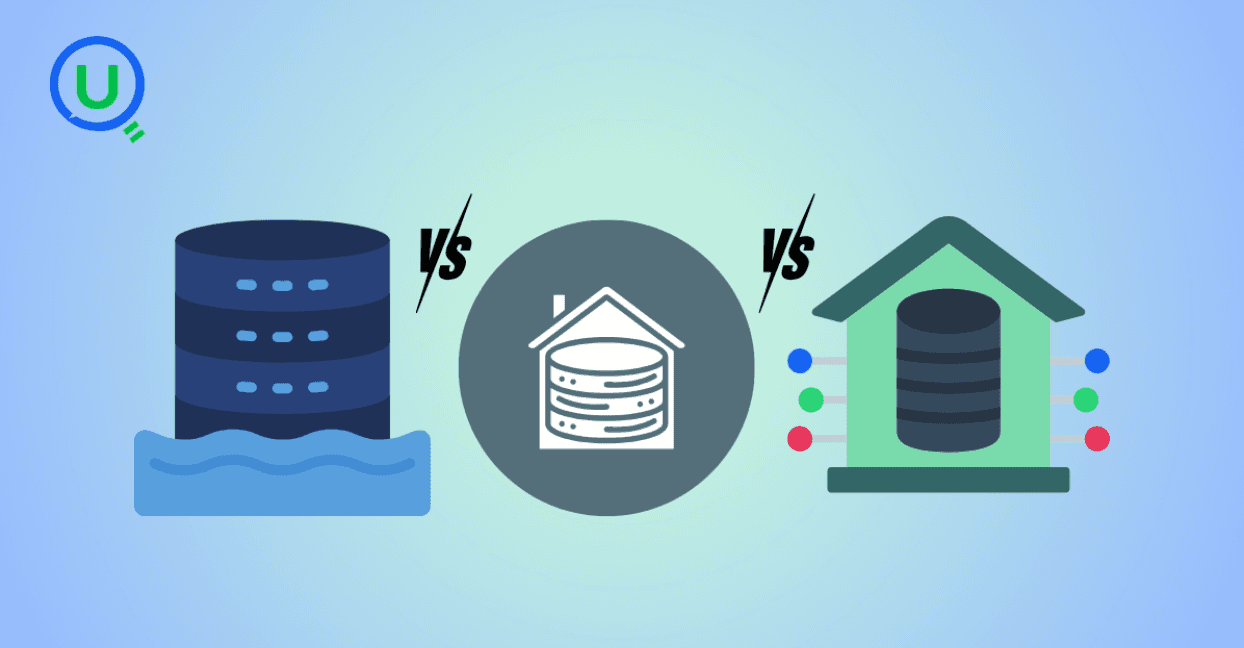
Confused between a data lake, data warehouse, and data mart? Discover key differences, real-world use cases, and when to use each architecture. Learn how to build a modern, layered data strategy for scalability, governance, and business insights.

Explore what syntax means in the world of data and AI—from SQL and Python to JSON and APIs. Learn why syntax matters, common errors, real-world examples, and essential best practices for data engineers, analysts, and AI developers in 2025.
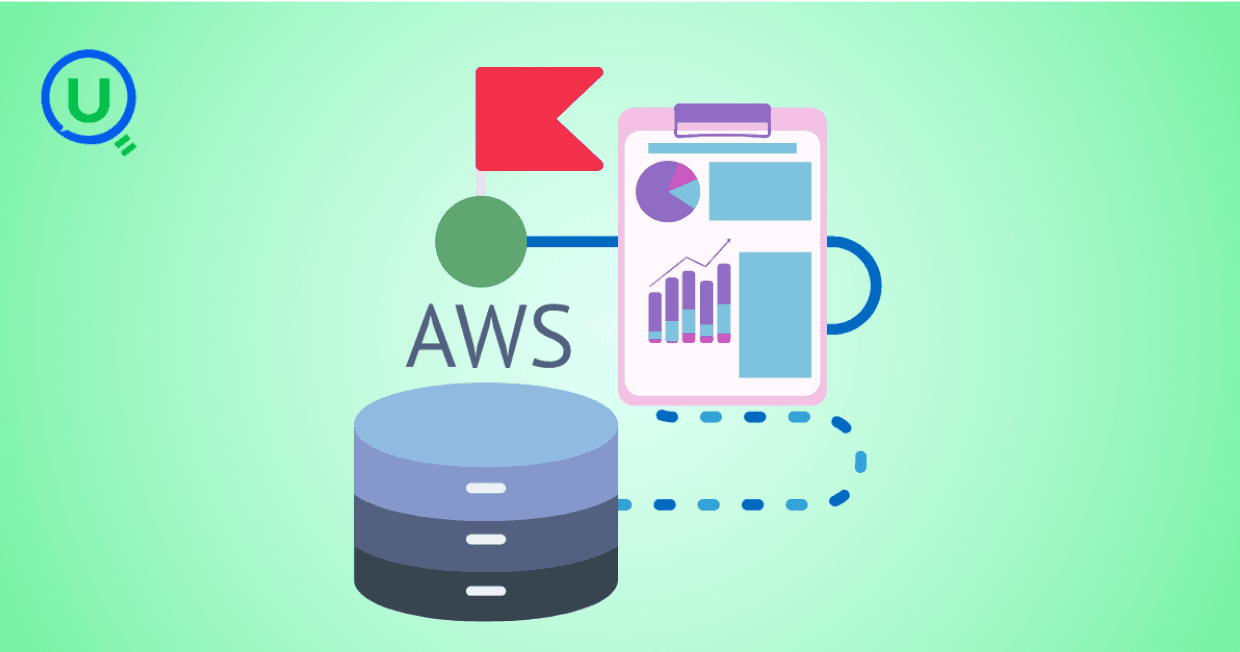
Discover how AWS Data Pipeline helps automate data movement and transformation across AWS services like S3, Redshift, and EMR. Learn its key features, benefits, limitations, and how it compares to modern tools like AWS Glue and MWAA.

Learn how to build scalable and secure data pipeline architectures in 2024 with best practices, modern tools, and intelligent design. Explore key pillars like scalability, security, observability, and metadata tracking to create efficient and future-proof data workflows.
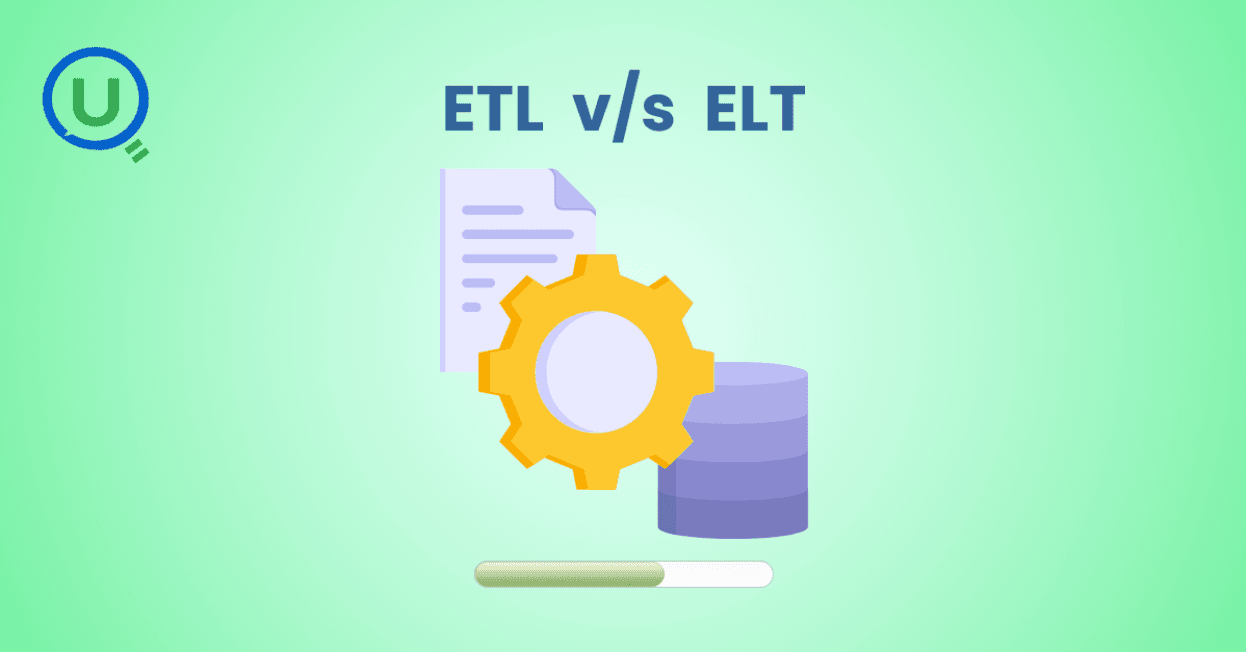
Explore the key differences between ETL and ELT data integration methods in this comprehensive guide. Learn when to choose each approach, their use cases, and how to implement them for efficient data pipelines, real-time analytics, and scalable solutions.
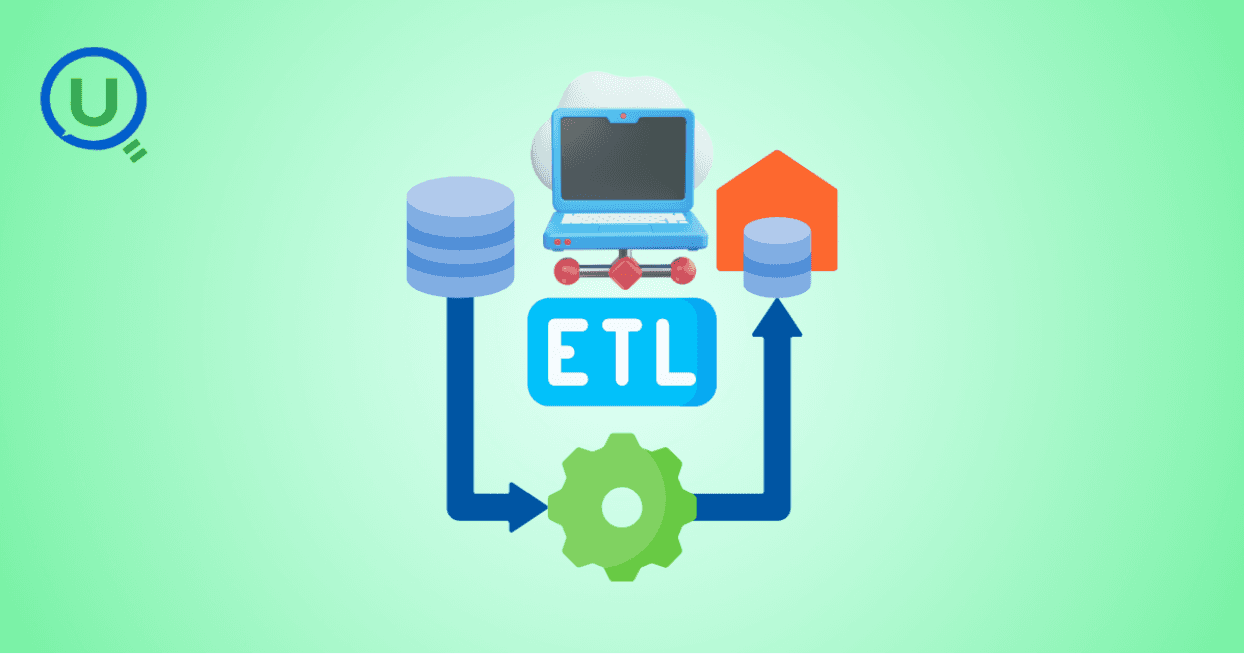
Learn the essential role of ETL (Extract, Transform, Load) in data engineering. Understand the three phases of ETL, its benefits, and how to implement effective ETL pipelines using modern tools and strategies for better decision-making, scalability, and data quality.
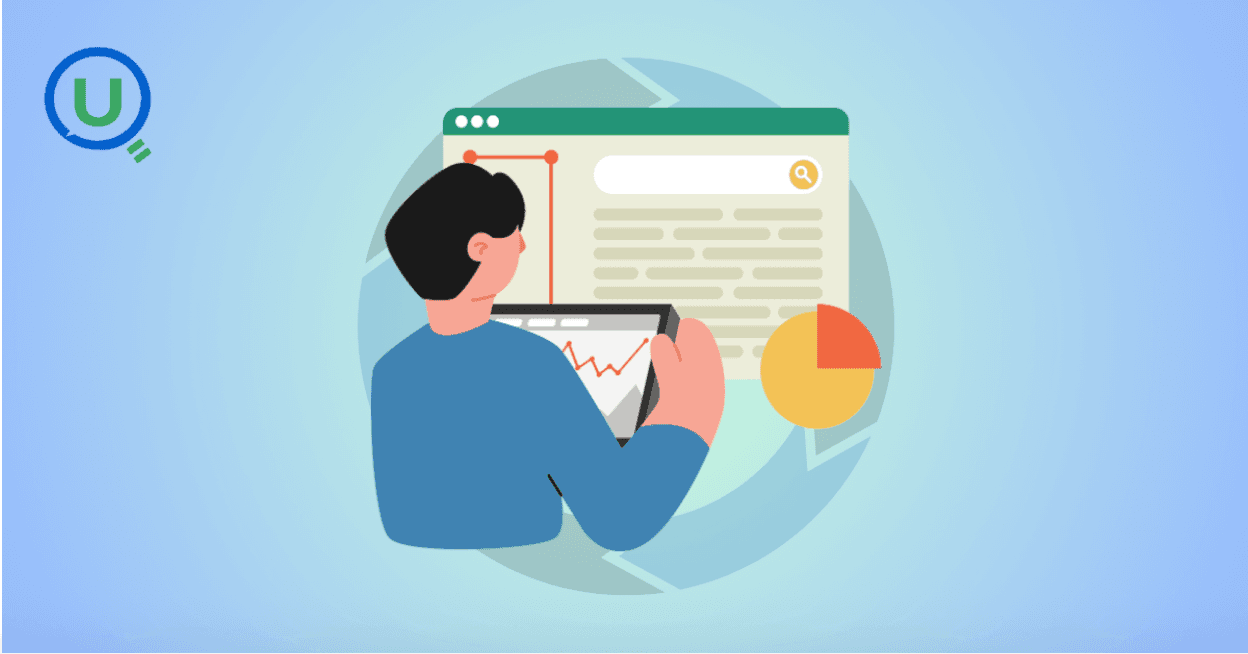
Discover why data orchestration and analysis are essential for modern data systems. Learn how automation tools streamline data workflows, boost insights, and scale with your business

Learn what a data ingestion pipeline is, why it's vital for modern analytics, and how to design scalable, real-time pipelines to power your data systems effectively.
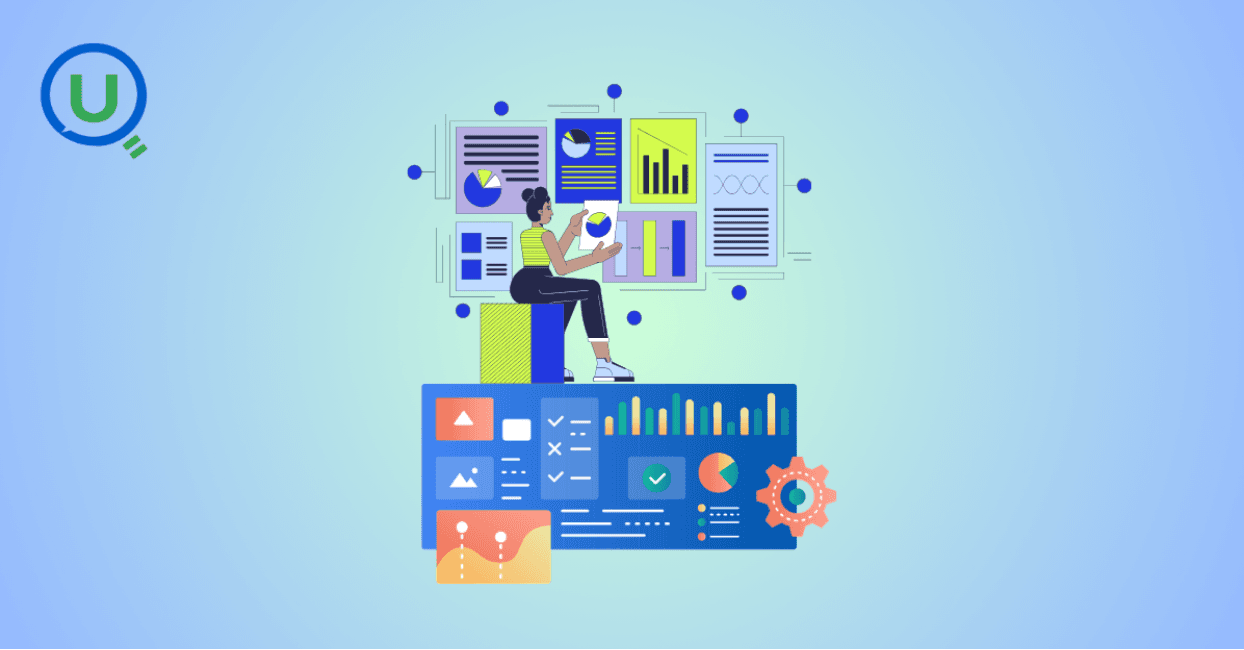
Discover the top 15 data warehouse tools for scalable data management in 2024. Learn how to choose the right platform for analytics, performance, and cost-efficiency.
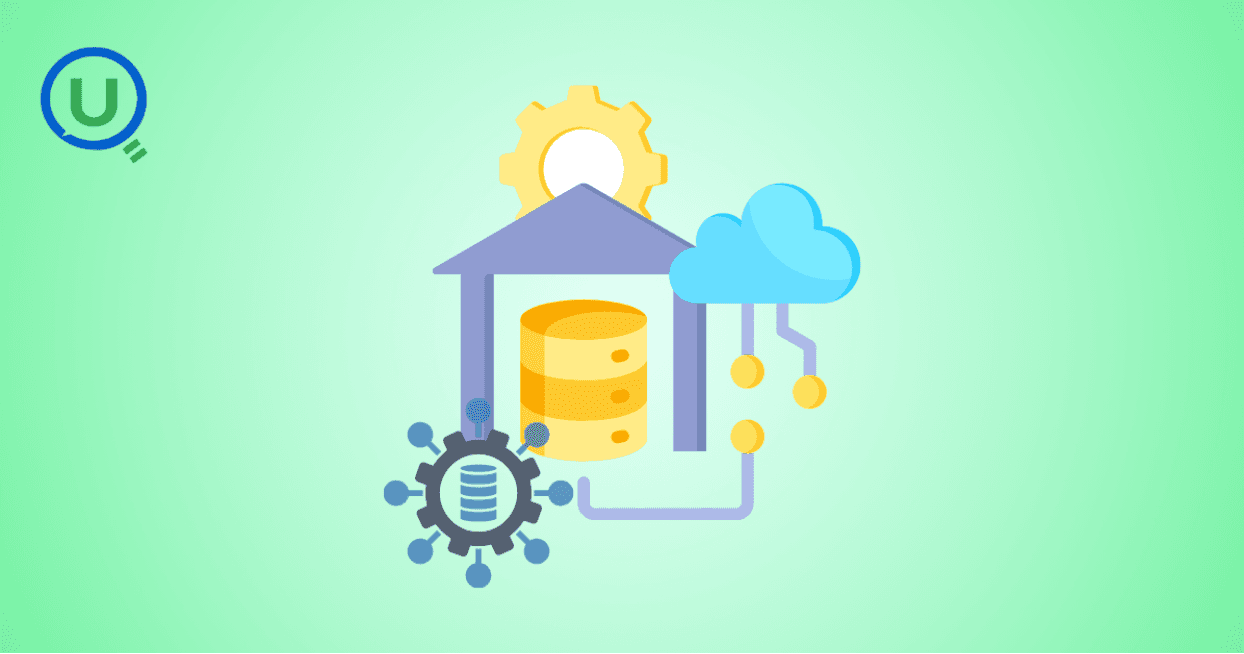
Confused between a data mart and a data warehouse? Learn the key differences, use cases, and how to choose the right data architecture for your business. Explore best practices, real-world examples, and expert insights from Enqurious.
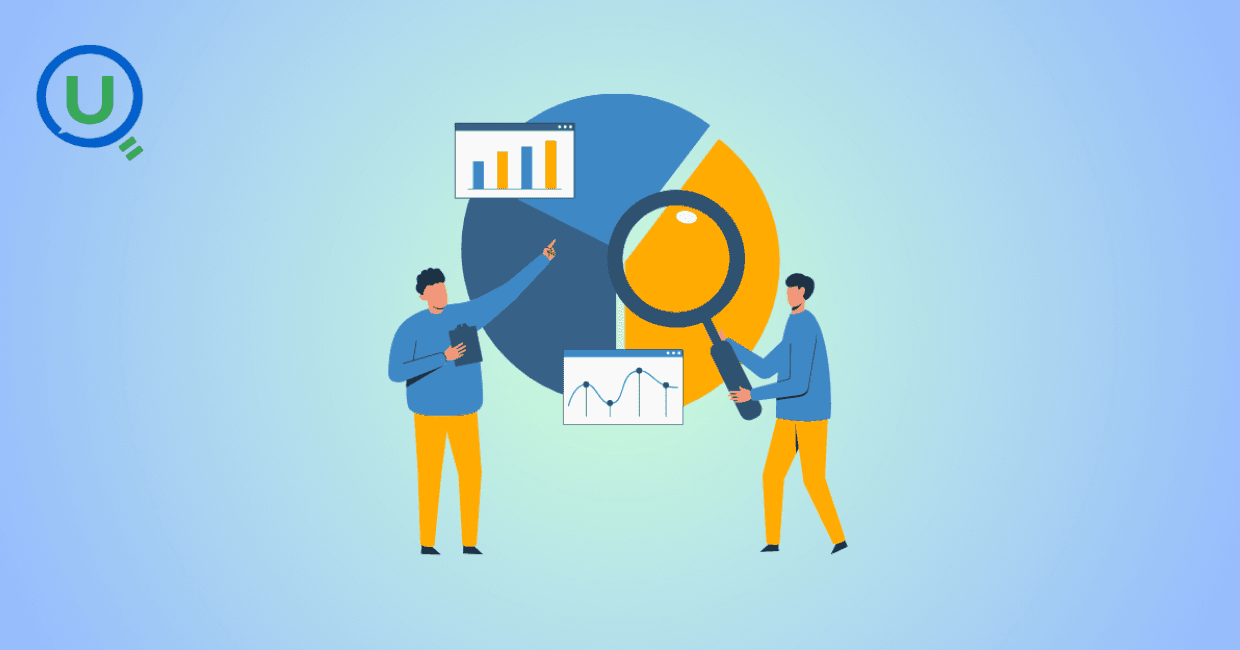
Discover the top 10 predictive analytics tools to know in 2025—from SAS and Google Vertex AI to RapidMiner and H2O.ai. Learn why predictive analytics is essential for modern businesses and how to choose the right tool for your data strategy.

Explore the key differences between descriptive and predictive analytics, and learn how both can drive smarter decision-making. Discover how these analytics complement each other to enhance business strategies and improve outcomes in 2025 and beyond.
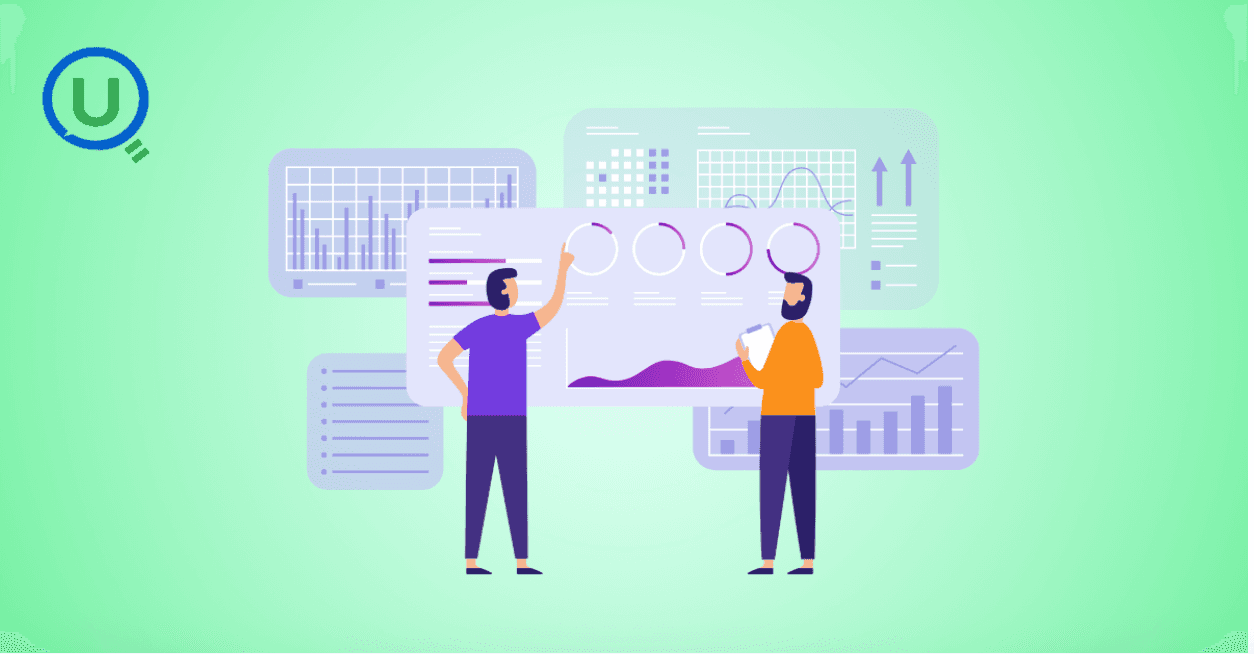
Explore the key differences between predictive and prescriptive analytics, and learn how both can drive smarter decisions, enhance agility, and improve business outcomes. Discover real-world applications and why mastering both analytics approaches is essential for success in 2025 and beyond.
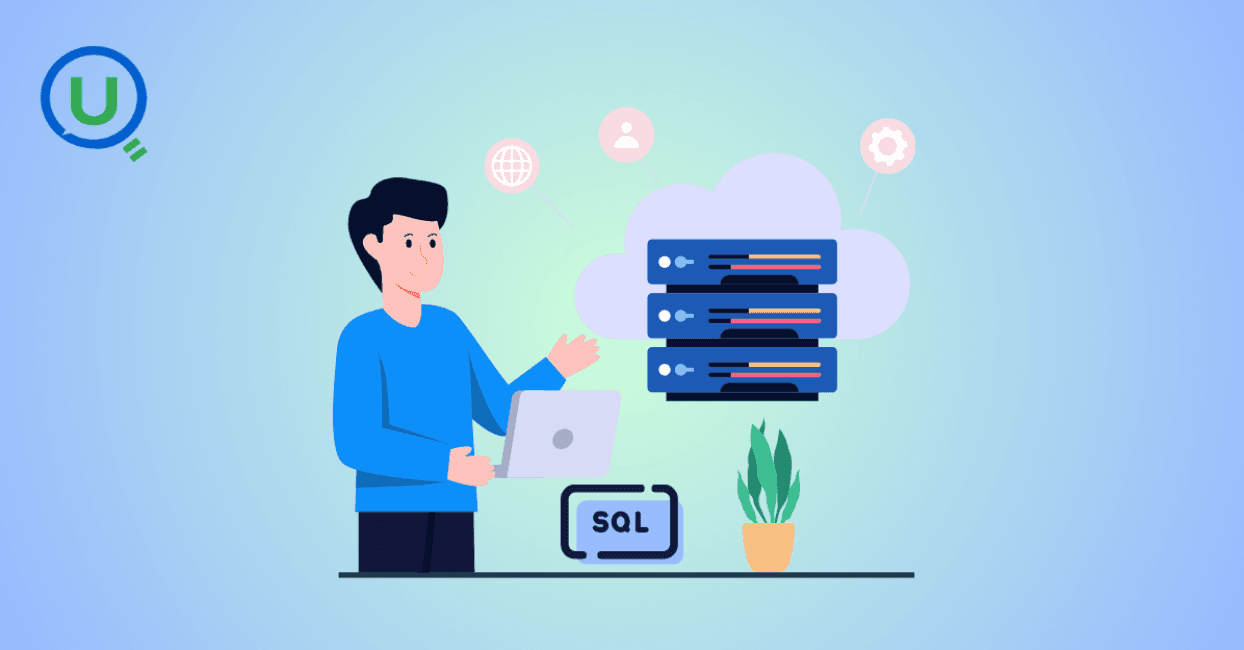
Compare PostgreSQL vs SQL Server in this comprehensive guide. Learn the key differences, strengths, and use cases to help you choose the right database for your business needs, from cost to performance and security.

Learn what Power BI is and how it works in this beginner's guide. Discover its key features, components, benefits, and real-world applications, and how it empowers businesses to make data-driven decisions.

Explore what a Business Intelligence Engineer does—from building data pipelines to crafting dashboards. Learn key responsibilities, tools, and why this role is vital in a data-driven organization.
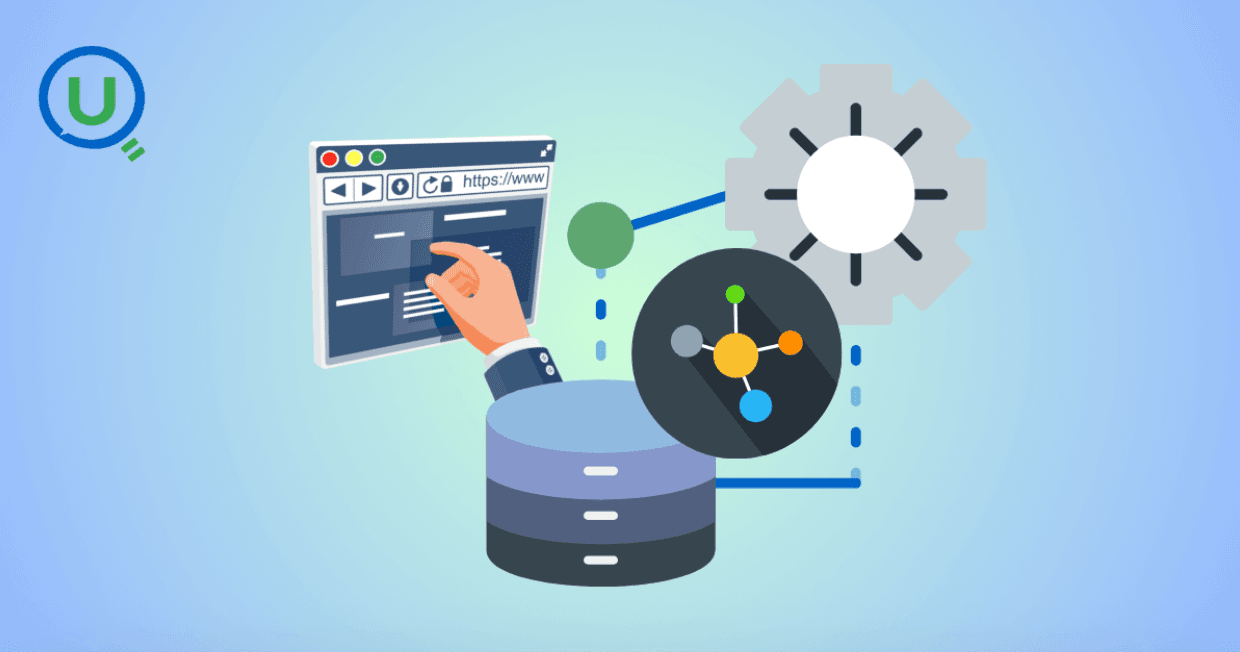
Discover why data lineage is essential in today’s complex data ecosystems. Learn how it boosts trust, compliance, and decision-making — and how Enqurious helps you trace, govern, and optimize your data journeys.
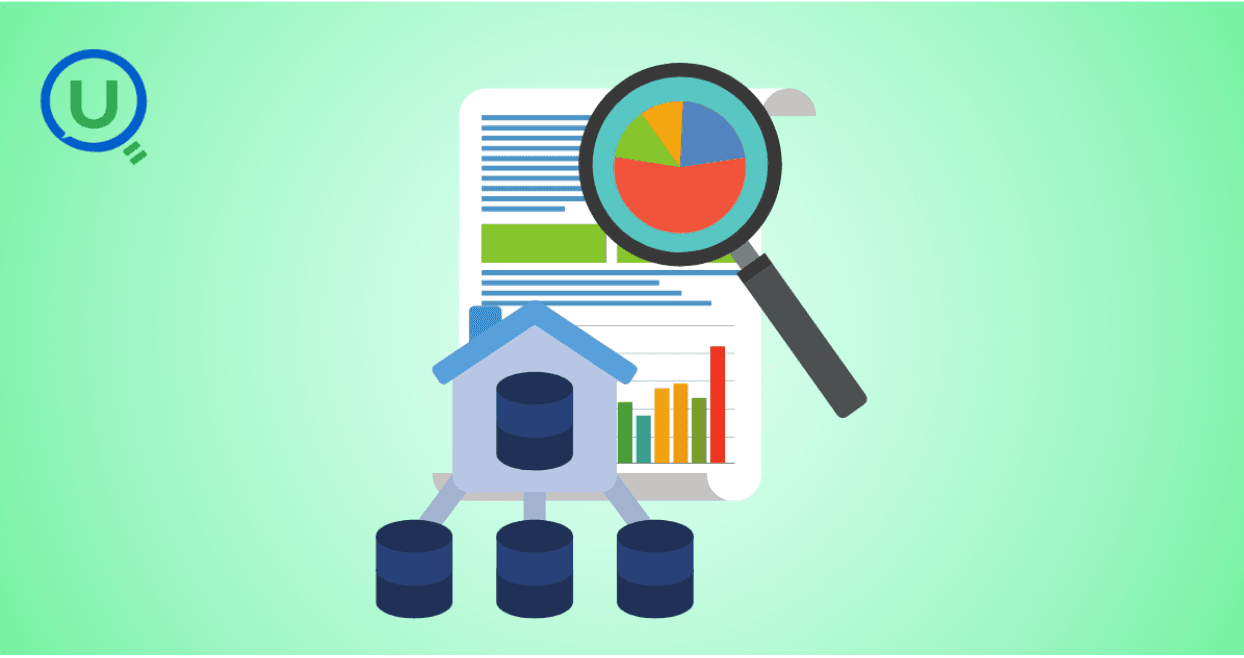
Learn what a data mart is, its types, and key benefits. Discover how data marts empower departments with faster, targeted data access for improved decision-making, and how they differ from data warehouses and data lakes.
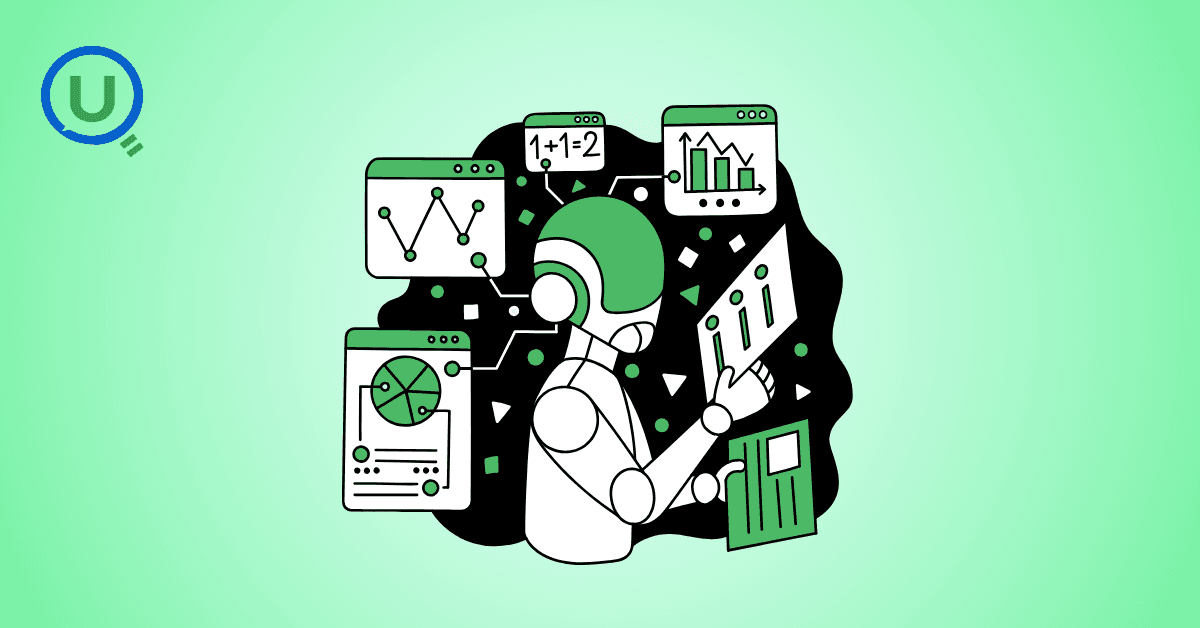
Master data strategy: Understand data mart vs data warehouse key differences, benefits, and use cases in business intelligence. Enqurious boosts your Data+AI team's potential with data-driven upskilling.
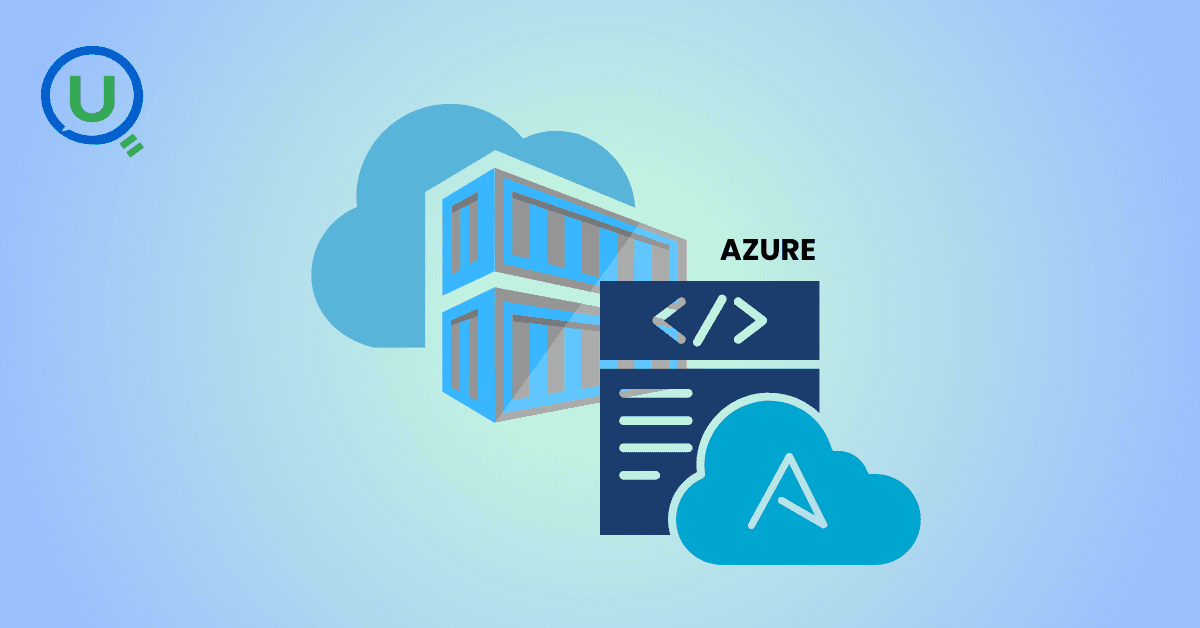
Learn what Azure Data Factory (ADF) is, how it works, and why it’s essential for modern data integration, AI, and analytics. This complete guide covers ADF’s features, real-world use cases, and how it empowers businesses to streamline data pipelines. Start your journey with Azure Data Factory today!
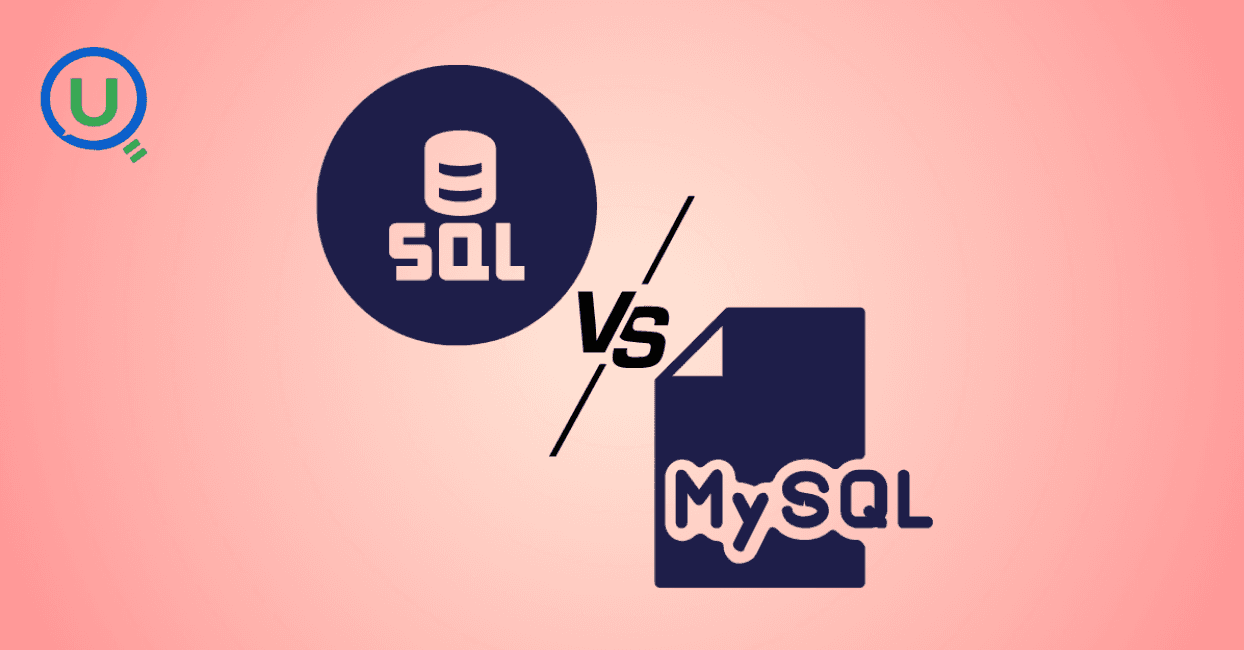
Discover the key differences between SQL and MySQL in this comprehensive guide. Learn about their purpose, usage, compatibility, and how they work together to manage data. Start your journey with SQL and MySQL today with expert-led guidance from Enqurious!
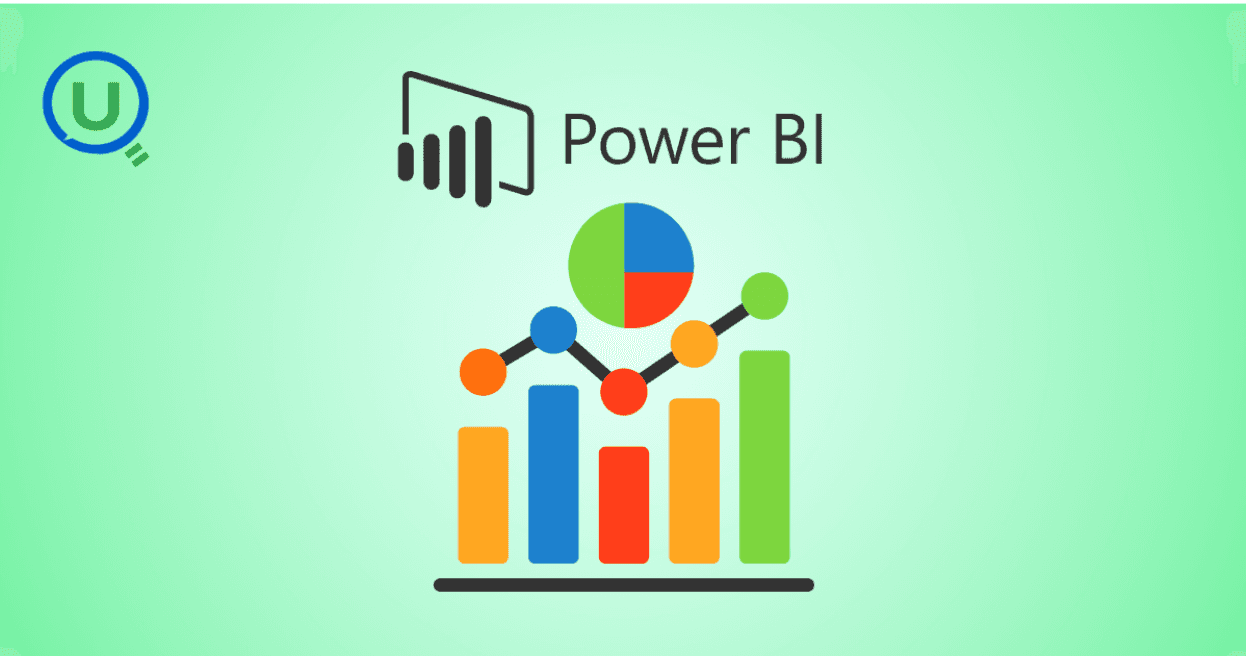
Learn Power BI from scratch in 2025 with this step-by-step guide. Explore resources, tips, and common mistakes to avoid as you master data visualization, DAX, and dashboard creation. Start your learning journey today with Enqurious and gain hands-on training from experts!
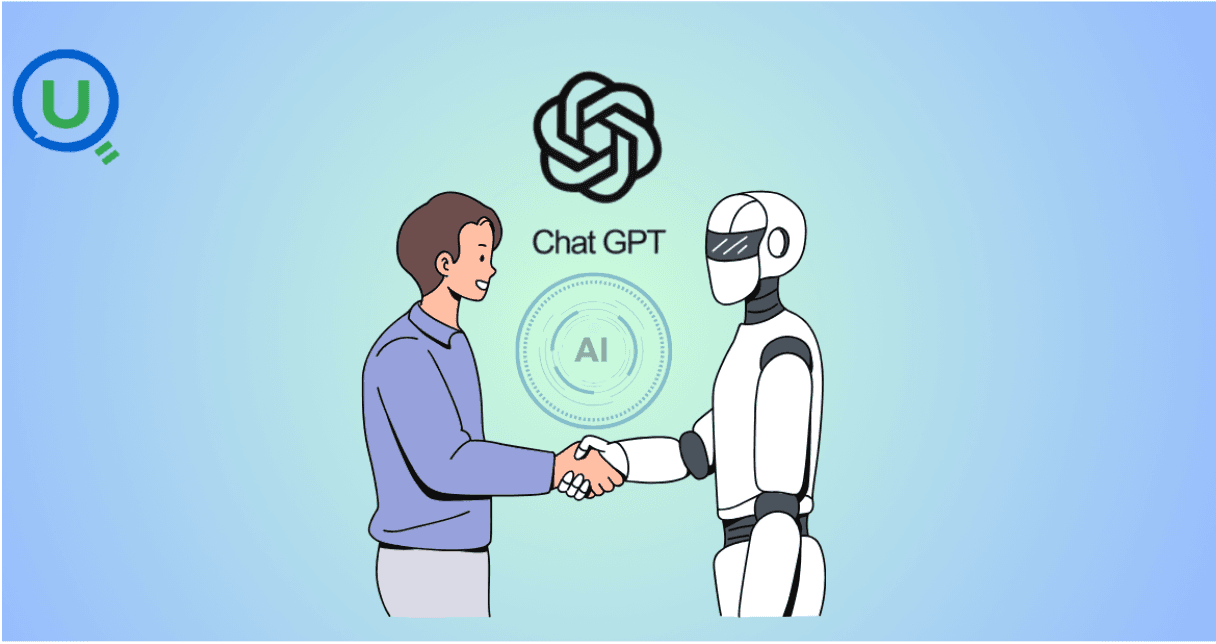
AI tools like ChatGPT are transforming clinical data management by automating data entry, enabling natural language queries, detecting errors, and simplifying regulatory compliance. Learn how AI is enhancing efficiency, accuracy, and security in healthcare data handling.
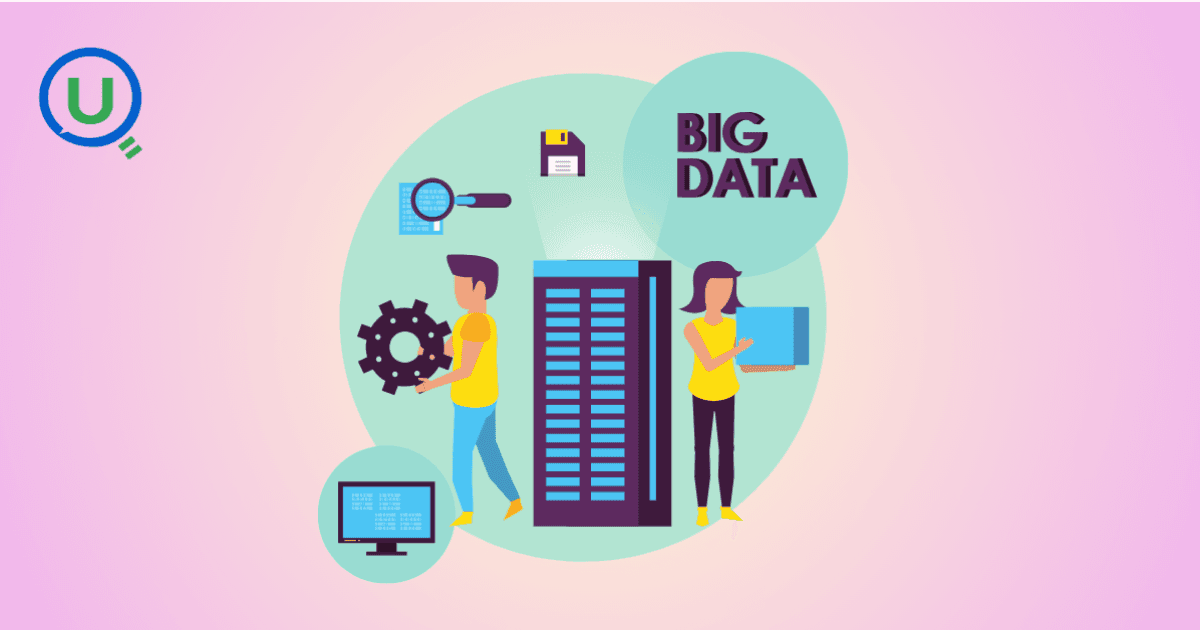
Big Data refers to large, complex data sets generated at high speed from various sources. It plays a crucial role in business, healthcare, finance, education, and more, enabling better decision-making, predictive analytics, and innovation.
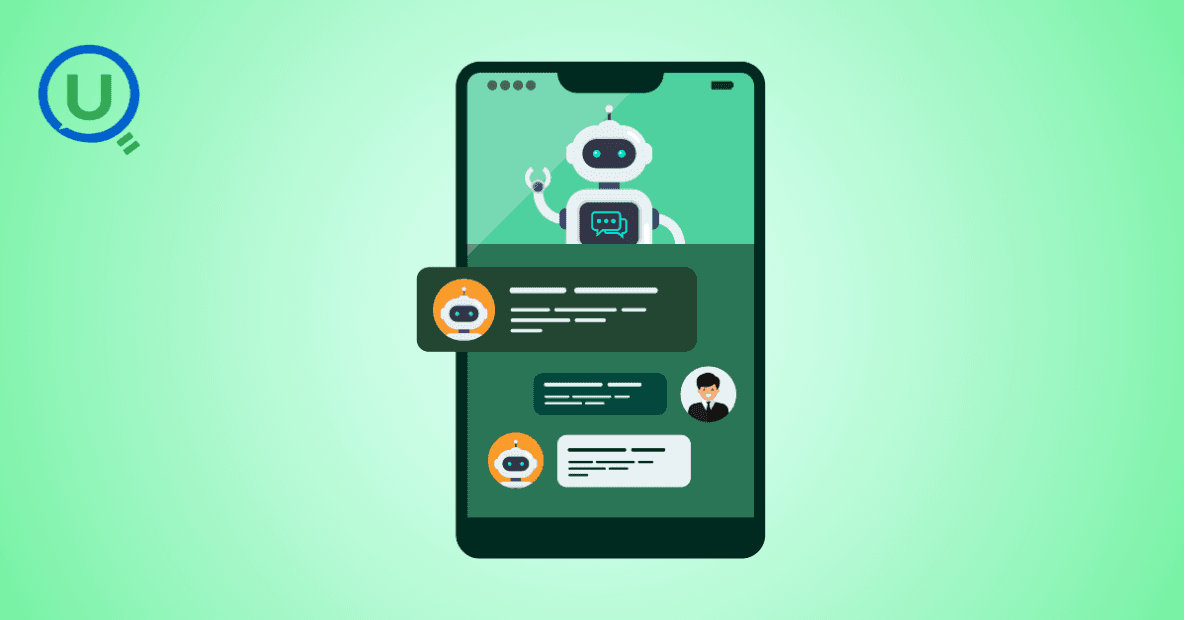
Discover the power of prompt engineering and how it enhances AI interactions. Learn the key principles, real-world use cases, and best practices for crafting effective prompts to get accurate, creative, and tailored results from AI tools like ChatGPT, Google Gemini, and Claude.

Learn what a Logical Data Model (LDM) is, its key components, and why it’s essential for effective database design. Explore how an LDM helps businesses align data needs with IT implementation, reducing errors and improving scalability.

Discover the power of a Canonical Data Model (CDM) for businesses facing complex data integration challenges. Learn how CDM simplifies communication between systems, improves data consistency, reduces development costs, and enhances scalability for better decision-making.

Discover the 10 essential benefits of Engineering Data Management (EDM) and how it helps businesses streamline workflows, improve collaboration, ensure security, and make smarter decisions with technical data.

Explore how vibe coding is transforming programming by blending creativity, collaboration, and technology to create a more enjoyable, productive, and human-centered coding experience.
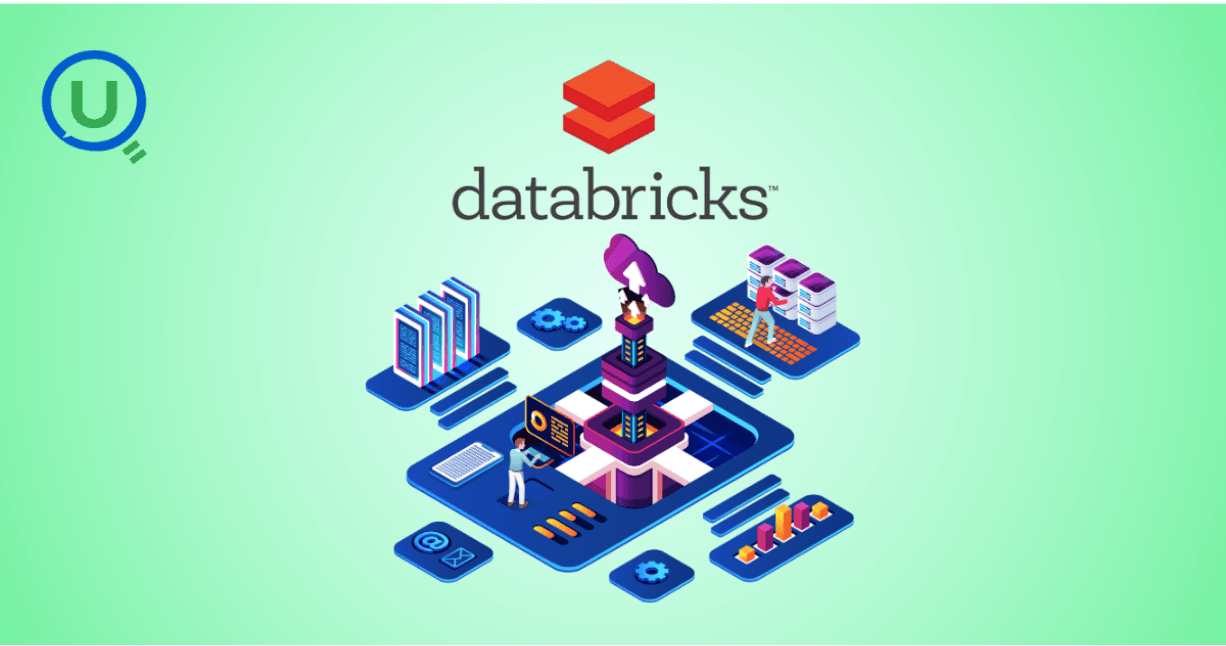
Learn how Azure Databricks empowers data engineers to build optimized, scalable, and reliable data pipelines with features like Delta Lake, auto-scaling, automation, and seamless collaboration.
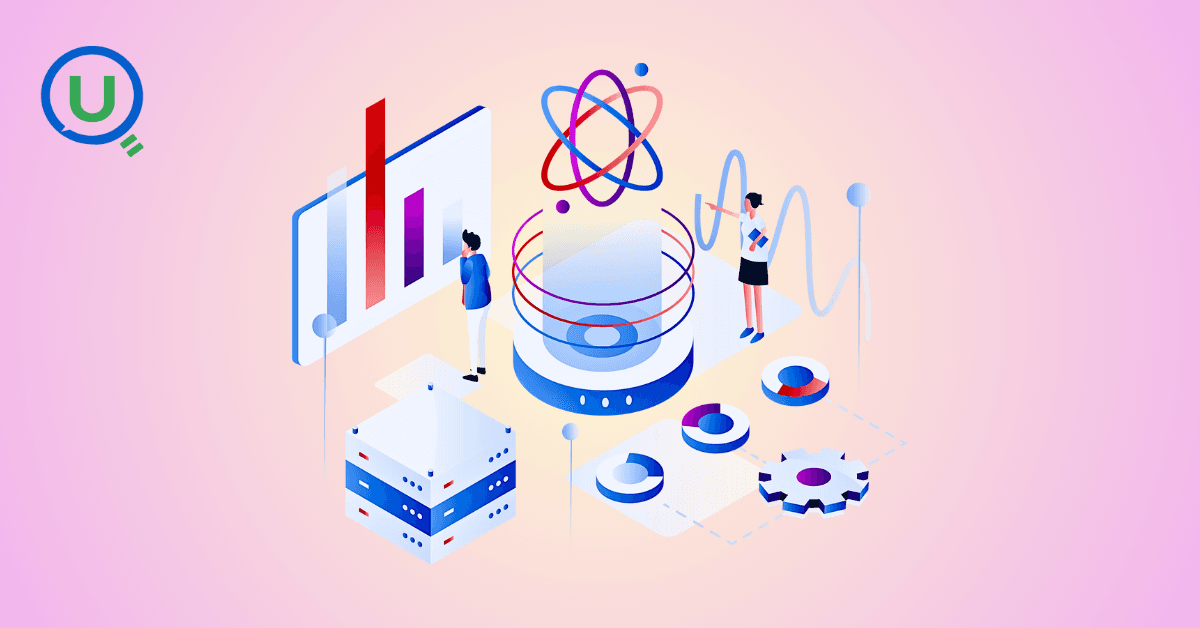
Explore the top 10 data science trends to watch out for in 2025. From generative AI to automated machine learning, discover how these advancements are shaping the future of data science and transforming industries worldwide.
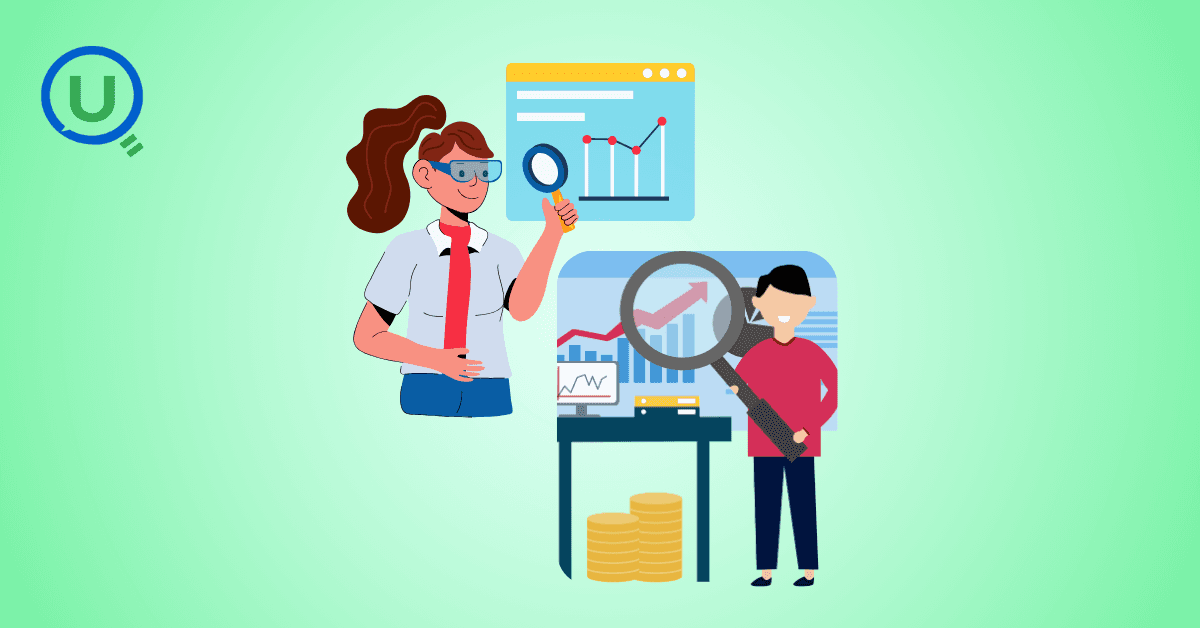
Discover the key differences between data scientists and data engineers, their roles, responsibilities, and tools. Learn how Enqurious helps you build skills in both fields with hands-on, industry-relevant learning.
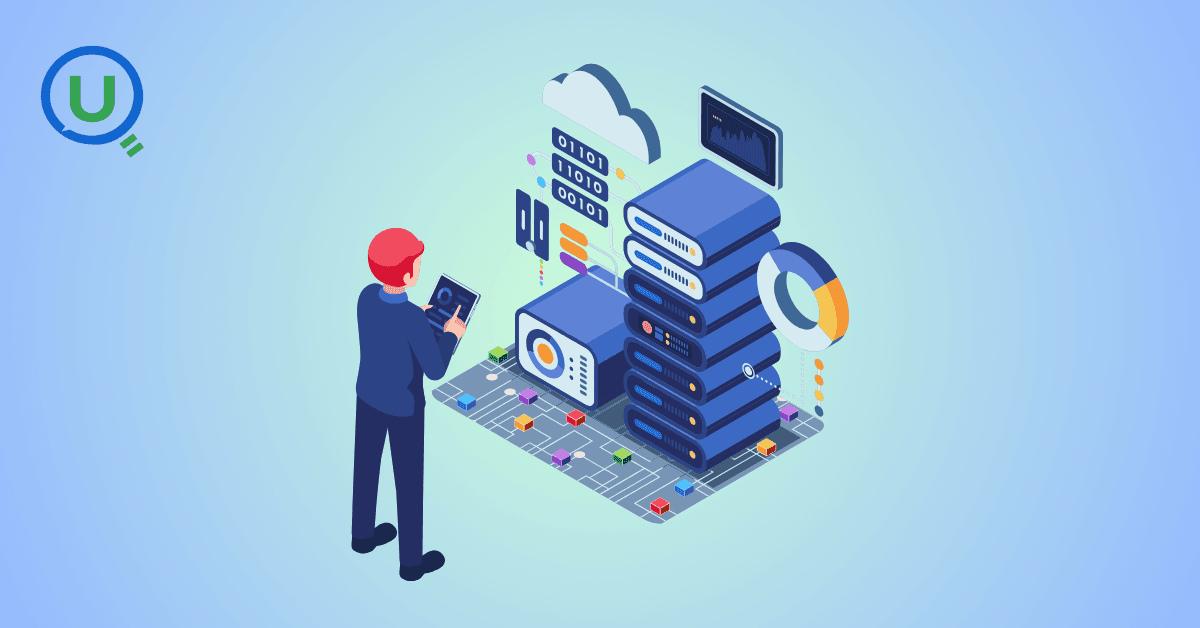
Discover the 9 essential steps to effective engineering data management. Learn how to streamline workflows, improve collaboration, and ensure data integrity across engineering teams.

Azure Databricks is a cloud-based data analytics platform that combines the power of Apache Spark with the scalability, security, and ease of use offered by Microsoft Azure. It provides a unified workspace where data engineers, data scientists, analysts, and business users can collaborate.

In today's data-driven world, knowing how to make sense of information is a crucial skill. We’re surrounded by test scores, app usage stats, survey responses, and sales figures — and all this raw data on its own isn’t helpful.

In this blog, we will discuss some of the fundamental differences between AI inference vs. training—one that is, by design, artificially intelligent.
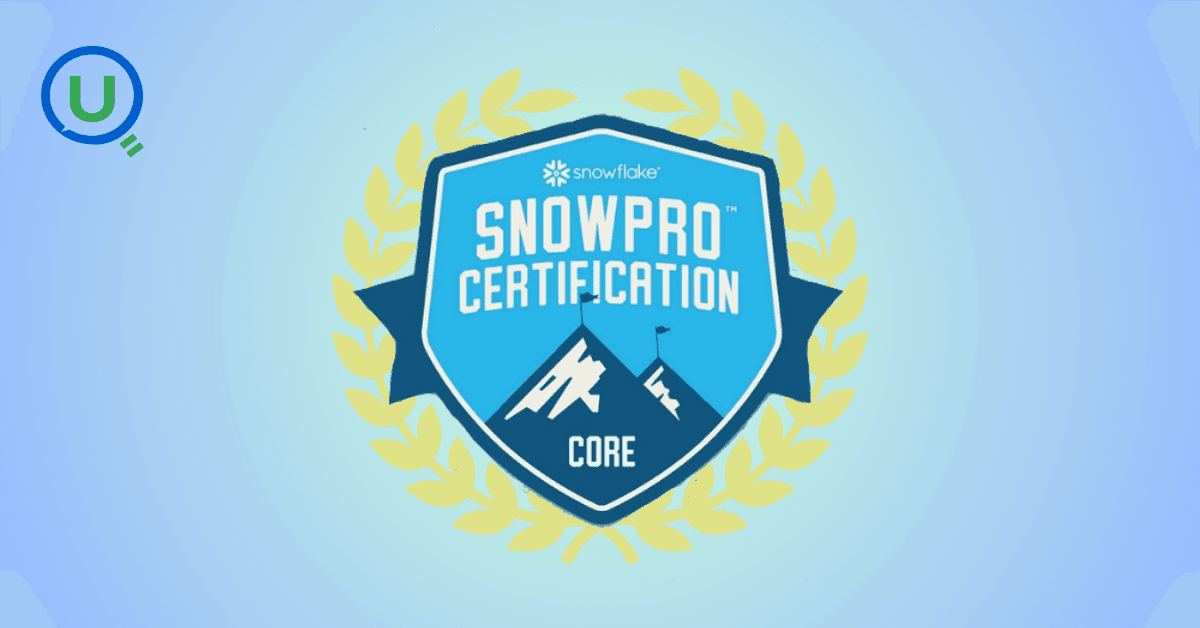
This guide provides a clear, actionable roadmap to help you avoid common pitfalls and successfully earn your SnowPro Core Certification, whether you’re making a career pivot or leveling up in your current role.

"Ever had one of those days when you’re standing in line at a store, waiting for a sales assistant to help you find a product?" In this blog we will get to know about -What is RAG, different types of RAG Architectures and pros and cons for each RAG.
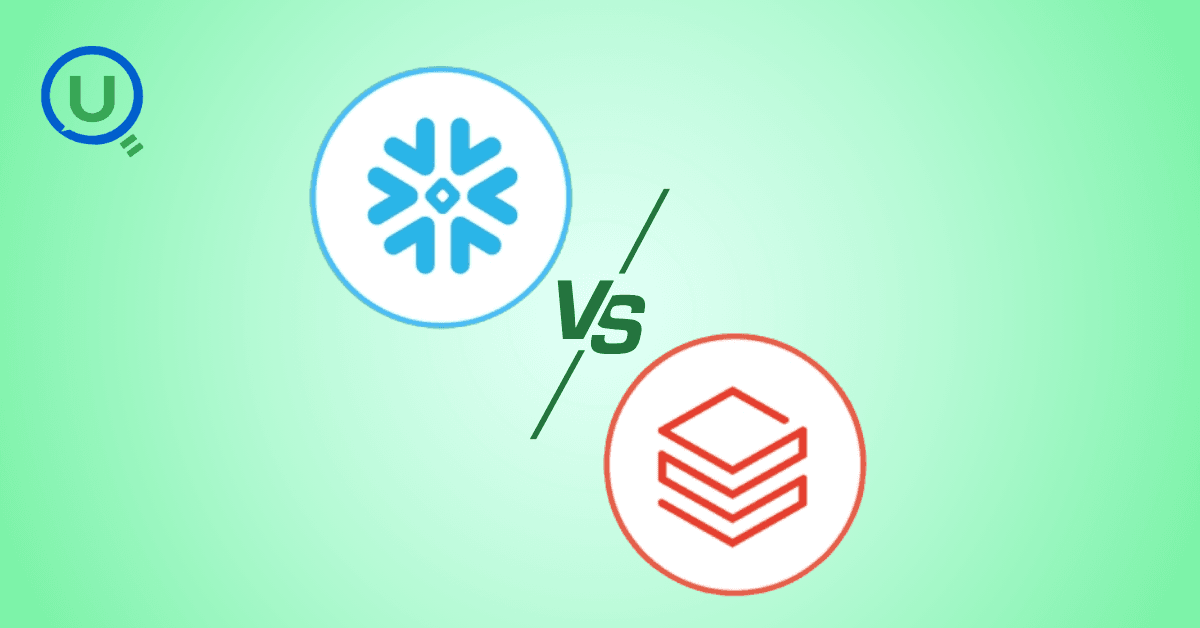
Discover how Databricks and Snowflake together empower businesses by uniting big data, AI, and analytics excellence
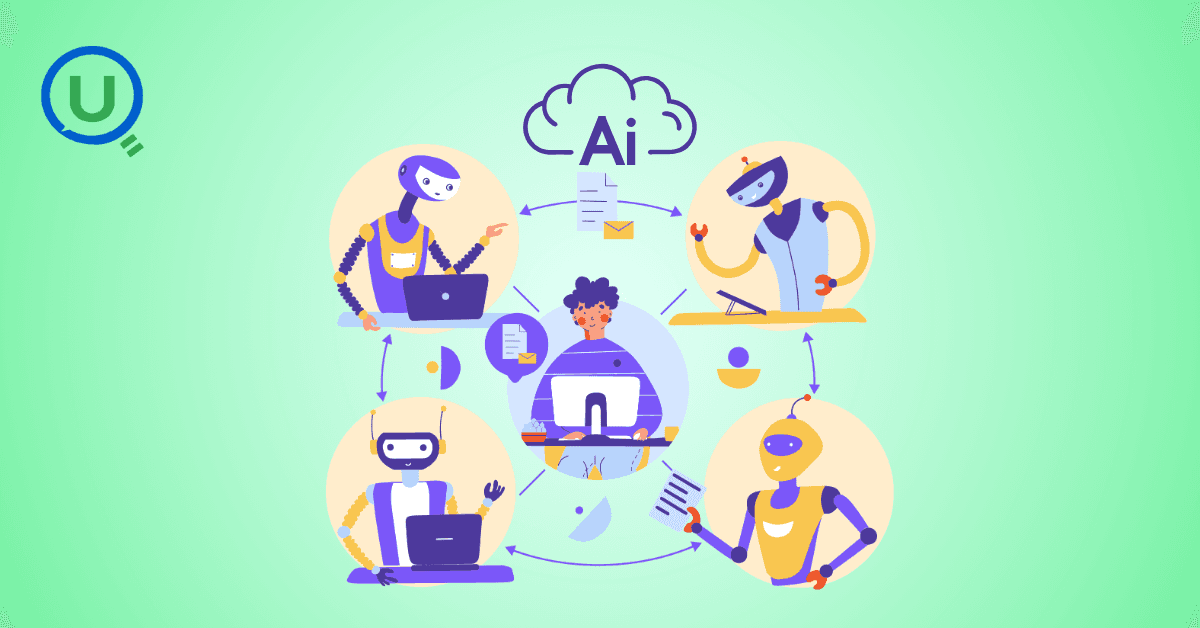
How do major retailers like Walmart handle thousands of customer queries in real time without breaking a sweat? From answering questions instantly to providing personalized shopping recommendations, conversational AI reshapes how retailers interact with their customers.